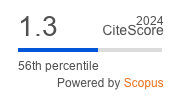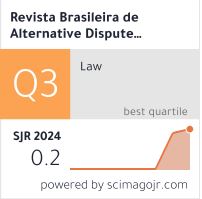Mediation in Palestine
Parole chiave:
Dispute, Resolution, Litigation, Negotiation, MediationAbstract
Customary dispute resolution refers to the approaches and procedures common in societies where customary authorities and practices are used to regulate the relationships and disputes that arisen between members of communities. These mechanisms may be used to resolve a wide range of disputes and often utilize various elements of mediation, conciliation and arbitration. The mechanisms of customary conflict in Palestine have historically been through tribal and tribal structures prevailing in Palestine, especially the Beersheba region in Palestine What is now Israel, from which many of the Palestinian refugees currently residing in Gaza have migrated. During the twentieth century, these customary mechanisms continued to evolve and local leaders were active in them. Customary decision, especially the men of al-Mukhtar and Islah, gained prominence. Beginning in 1987 with the first intifada, customary mechanisms became a preferred alternative for many Palestinians in Gaza over the judiciary that Israel controlled at the time. Reform committees affiliated with the Reformation emerged during this period and were recognized and formally organized under the Palestinian Authority after in 1994. Recently, Gaza’s local authorities used similar reform committees, called the Rabita Committees, to mediate conflicts in Gaza in accordance with the principies of Islamic law.
Downloads
Pubblicato
Fascicolo
Sezione
Licenza
No royalties or other compensation shall be due for the publication of the works.
The opinions expressed by the authors of the articles and reviews are their sole responsibility.









